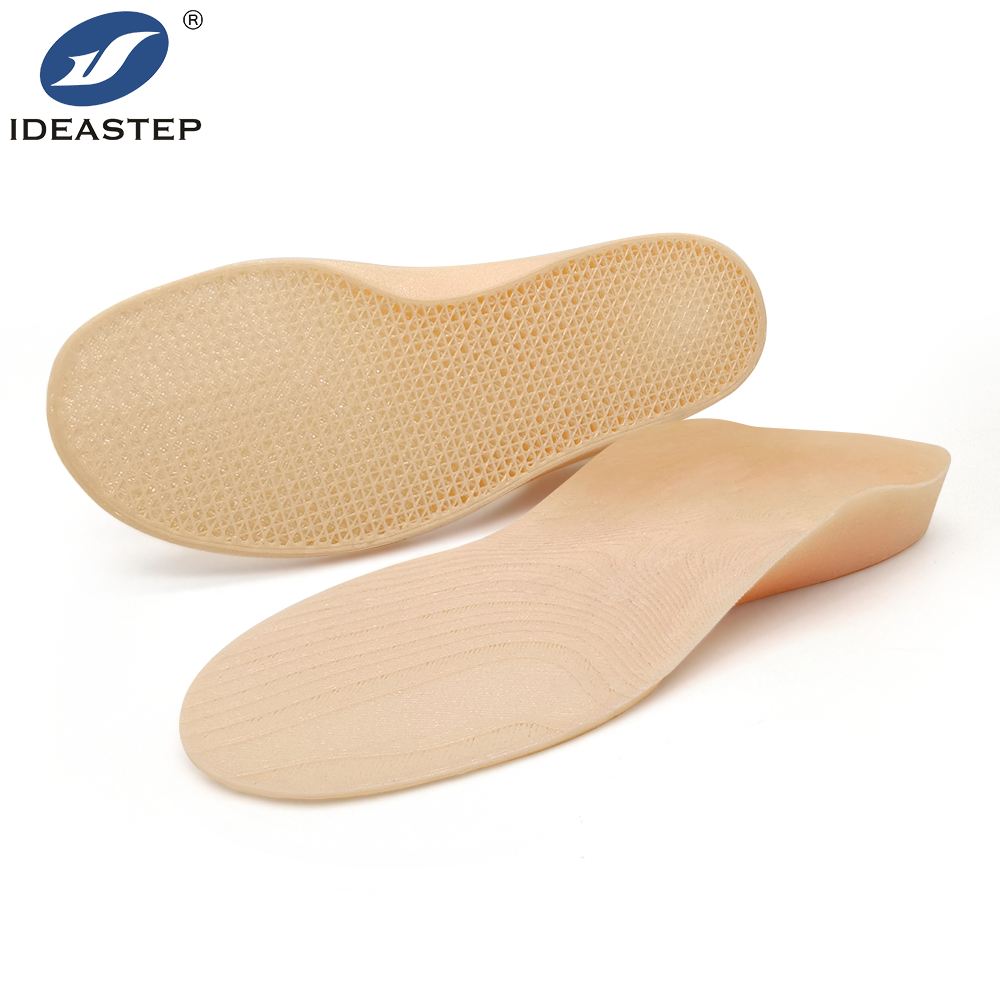In the footwear industry, the introduction of 3D printing technology has sparked a revolution, especially in the realm of shoe insoles. 3D printed shoe insoles offer unprecedented levels of customization, comfort, and support, marking a significant departure from traditional, one-size-fits-all insoles. Let’s explore the advantages of 3D printed shoe insoles, their ideal user groups, and address some common questions to understand their profound impact on the industry.

Advantages of 3D Printed Shoe Insoles
-
Personalization and Custom Fit: 3D printing enables the creation of insoles tailored to an individual’s unique foot shape, size, and gait. This personalized approach ensures optimal comfort and support, reducing the risk of foot pain and injuries.
-
Enhanced Support and Cushioning: 3D printed insoles can be designed with intricate structures and varying densities to provide targeted support and cushioning where needed. This is particularly beneficial for individuals with specific foot conditions or high-impact activities.
-
Breathability and Moisture Management: The materials used in 3D printing, such as nylon or TPU, allow for better breathability and moisture management. This helps keep feet dry and comfortable, reducing the risk of blisters and other skin irritations.
-
Sustainability and Eco-Friendliness: 3D printing reduces material waste and enables on-demand production, making it a more sustainable and eco-friendly option compared to traditional manufacturing methods.
-
Cost-Effectiveness: While the initial investment in 3D printing technology may be higher, the long-term cost savings are significant. Custom insoles can be produced quickly and cheaply, without the need for expensive tooling or minimum order quantities.
Ideal User Groups for 3D Printed Shoe Insoles
-
Athletes and Sports Enthusiasts: Athletes, runners, and individuals who engage in high-intensity sports can benefit greatly from the personalized support and cushioning offered by 3D printed insoles. These insoles can be tailored to the specific demands of each sport, reducing the risk of foot and ankle injuries.
-
Individuals with Foot Conditions: People with foot conditions such as plantar fasciitis, flat feet, or high arches often require custom-fitted insoles to alleviate pain and discomfort. 3D printing provides an efficient and cost-effective way to produce these specialized insoles.
-
Professionals on Their Feet All Day: Workers in industries like healthcare, retail, and construction spend long hours on their feet. 3D printed insoles can provide the necessary support and comfort to reduce fatigue and prevent foot-related injuries.
-
Fashion-Conscious Consumers: With the ability to customize design and color, 3D printed insoles also appeal to fashion-conscious consumers who want to express their individuality through their footwear.
FAQs
Q: How accurate are 3D printed shoe insoles?
A: The accuracy of 3D printed shoe insoles depends largely on the quality of the 3D scanning or measurement process. Advanced scanning technologies can capture precise details of an individual’s foot shape and size, ensuring a highly accurate fit.
Q: Are 3D printed insoles durable?
A: Yes, 3D printed insoles are designed to withstand the rigors of daily use. The materials used in the printing process, such as nylon or TPU, are known for their durability and resilience. However, as with any footwear component, proper care and maintenance are essential to ensure long-term durability.
Q: Can 3D printed insoles be washed?
A: Yes, most 3D printed insoles can be washed using mild detergent and water. It is recommended to check the manufacturer’s instructions for specific care and cleaning guidelines.
In conclusion, 3D printed shoe insoles offer numerous advantages over traditional insoles, including personalized comfort, enhanced support, and cost-effectiveness. Their ability to cater to a wide range of user groups, from athletes to professionals on their feet all day, makes them a versatile and valuable addition to the footwear industry.
